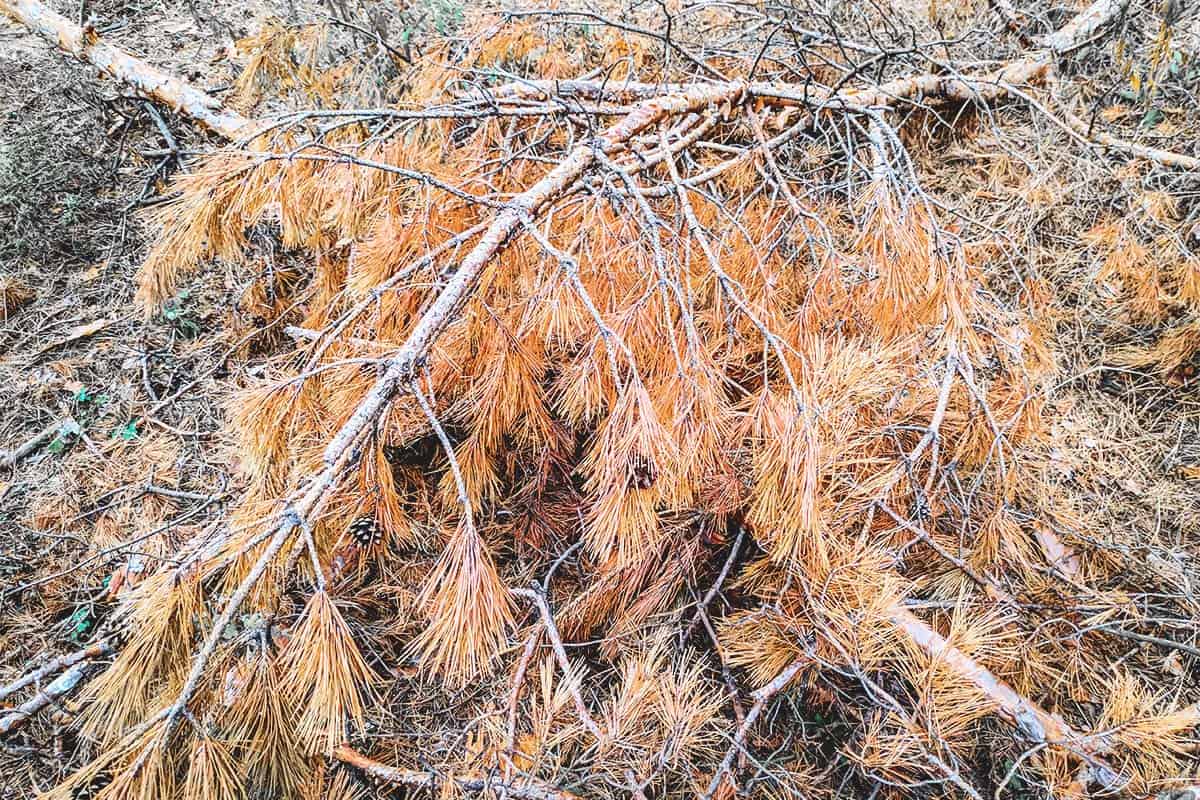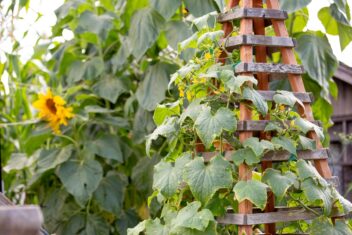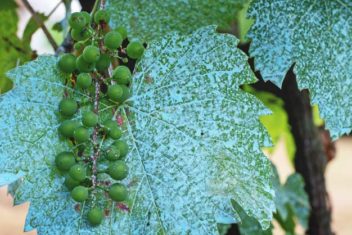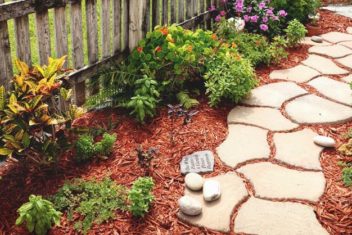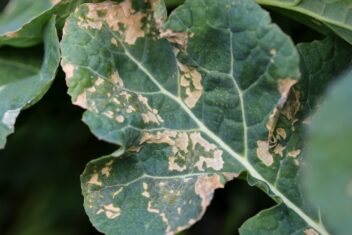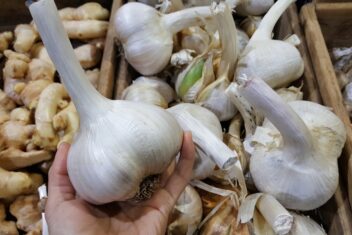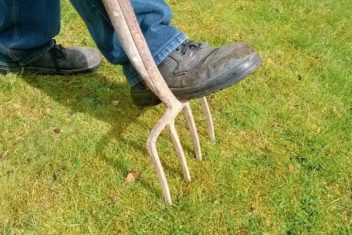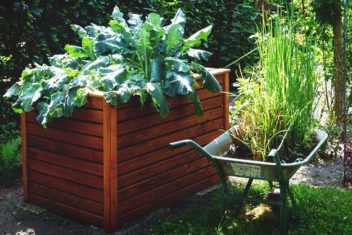Winter isn’t an easy time – for humans and plants. It’s cold and in some areas, even when there is snow on the ground, it’s easy to get dehydrated thanks to brutal winds. For plants, it’s easy to recognize drought in the summer when it’s hot and dry, but plants can suffer from drought and winds in the winter, too. When this happens, it’s known as winter desiccation or winter burn.
It’s the dead of winter, and even the hardiest plants in my yard have gone to sleep for the season. Since most of the plant life on my property is native to the area, I don’t have much prep work to do in the fall.
I rarely worry about what type of damage might befall my garden since I’ve usually pulled all my vegetables, and I rarely expect any (besides the regular perennials) to make it through the cold months.
Winter desiccation isn’t something I think about, but for those who have non-native plants, tender perennials, or evergreens, the harsh, dry winter conditions can spell disaster for your greenery if you don’t take the necessary precautions. Chief among them? Winter desiccation.
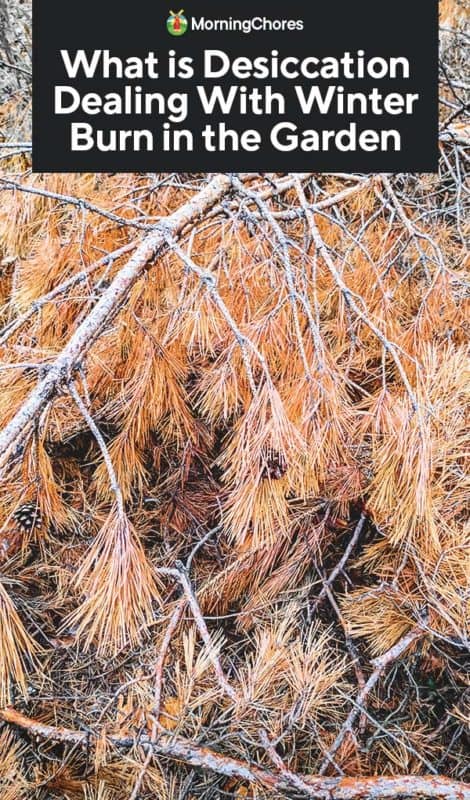
What is Desiccation?

It sounds like a horrible disease. Doesn’t it? Desiccation is not fungal or viral in origin, however. It’s a word that describes a complete lack of moisture. When used to refer to plant life, it characterizes a plant that has been completely sapped of its water content and is completely dry – or desiccated.
More specifically, desiccation occurs when a plant loses an excessive amount of moisture into the atmosphere, either because it’s not drawing enough moisture from the ground – as in the winter when the ground is frozen – or because something like a dry wind is removing the moisture too quickly.
Without water, plants cannot survive. If a plant completely loses its water content, it becomes desiccated. This can happen at any time of year but is particularly worrisome in the winter.
Signs of Desiccation
Browned, dead foliage is the main sign of winter burn. Discoloration typically begins at the tips of foliage or needles moving inward. On leafy plants, foliage may show signs of spotting.
You most commonly see desiccation on evergreens because they don’t enter a period of dormancy during the winter. If they can’t access water with their roots because the ground is frozen, they’ll dry out. If the winter wind is too intense, they’ll dry out. Dormant plants aren’t trying to respirate during the winter, so it isn’t such a problem.
How Does Desiccation Occur?
Desiccation occurs when a plant loses moisture without being able to replenish its water supply through its roots. In the winter, desiccation often occurs because of the dry air and winds. Winter desiccation may also happen if a plant is attempting to draw moisture from the frozen ground.
Plants Commonly Affected by Winter Desiccation
Young and newly planted plants are the most susceptible to winter desiccation. Plants with broad leaves are more likely to incur desiccation damage compared to evergreen trees, though evergreens are still vulnerable to this type of damage.
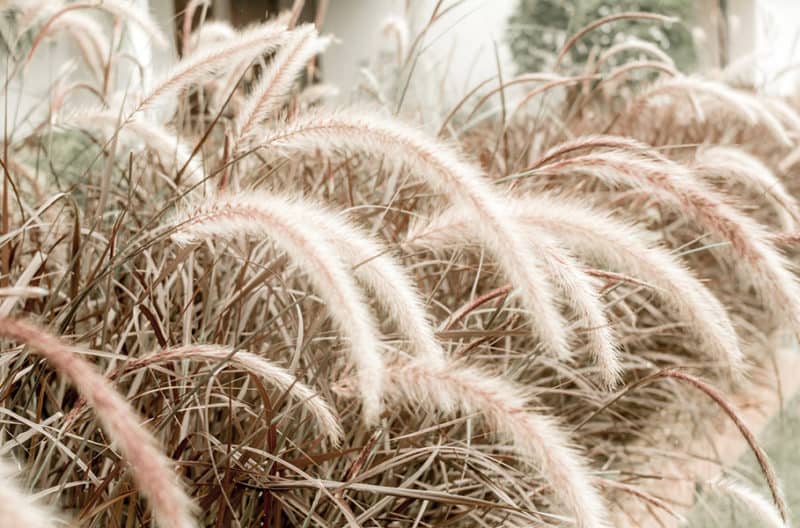
Grass is also susceptible to desiccation when left exposed in the winter. If there’s not enough snow coverage, the exposed grassy area may “burn,” die, and turn brown.
Shallow-rooted plants are more likely to incur desiccation damage than deeply rooted plants. Some plants are wind-sensitive and you should cover them to prevent desiccation caused by strong winds.
Plants in a garden with poor soil are also more likely like become desiccated when exposed to harsh winter conditions than plants living in healthy, fertile soil.
How to Deal With Damage Caused by Desiccation
Unfortunately, for the majority of plants, serious winter desiccation damage signals the end of life. Severe damage is irreversible and often affects the entire plant. When the tips of needles or leaves are affected, the plant drops its foliage and will usually put out new growth during the growing season. You can apply fertilizer in the spring to encourage new growth.
Your best strategy is to avoid desiccation altogether. Outside of winter, this involves frequent watering – especially for new transplants and young trees. Mulching around plant life is another way to help them conserve moisture.
Heading into the winter, be sure to continue watering until the ground is frozen to supply your garden plants with enough moisture. Covering young trees, transplants, and shrubbery is another way to prevent desiccation caused by external forces (e.g., harsh, cold, dry winds). Burlap is a common winter covering material.
Established, healthy plants are much more likely to survive harsh desiccation-causing conditions than unhealthy, tender ones.
Desiccation Prevention
To prevent winter desiccation damage and injury, try the following strategies:
- Water plants adequately, especially as the winter season nears. Apply mulch to conserve moisture or install irrigation systems to ensure a steady supply of water throughout the year.
- Use moisture-conservation sprays that coat plants in wax-like substance and prevents foliage from losing moisture.
- Physically prevent moisture loss by covering up tender plants or using other types of barriers to avoid wind damage and resulting desiccation.
Desiccation Tolerant Plants
There are a handful of plants that are capable of surviving severe water deprivation and are, in effect, winter desiccation-tolerant. A winter burn-tolerant plant is a bit different from one that is drought-tolerant. Drought-tolerant plants can handle limited water supply for a certain amount of time. Often, they’re capable of storing water in their foliage.
Desiccation-tolerant plants can lose over 90% of their water content and still remain alive. The resurrection fern is one of the most well-known desiccation-tolerant plants. When the moisture is gone, it sure looks dead, but it’s actually alive.
Resurrection plants and air plants are the only plants that can be brought back from the dead once they have been sucked of moisture. Resurrection plants are winter desiccation-tolerant. Air plants, on the other hand, simply don’t need as much water as other indoor plants in your house.
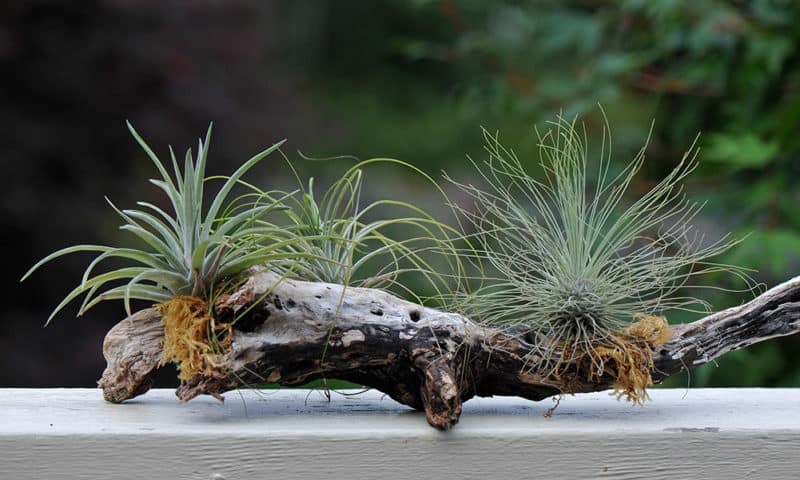
Believe it or not, though, I’ve managed to kill a few air plants in my day. Once from overwatering and another time because of trauma — the plant was knocked off its perch. My husband insists that the fall was not the cause of the plant’s demise, but I’m reasonably sure it was.
The resurrection plant is capable of surviving even when almost entirely devoid of water supply for months on end. There are several types of resurrection plants, but the most well-known is the Rose of Jericho. By all accounts, they appear dead when in a state of winter desiccation, but when rehydrated, they unfurl and perk back up.
Air plants are similarly capable of surviving periods of drought. When experiencing a lack of moisture, the leaves curl in and shrivel up. Air plants don’t need soil. Instead, they rely on their leaves to grab all the necessary nutrients and moisture to survive.
Air plants don’t always survive when they’ve become all dried up, but if you spot some color in the leaves, there’s still a chance to save your plant.
Desiccation in Indoor Plants
Desiccation is not only an outdoor plant problem. It can occur indoors due to a lack of watering. I’m well acquainted with the issue of indoor plant desiccation because I’m a forgetful plant owner. I have the best of intentions, but it’s tough to remember the specific moisture needs of each plant in your home!
With the dry indoor air that comes with winter heating, this can be a particular problem in the cooler months. You can’t bring back most indoor plants from the dead once they have dried out completely, unfortunately.
How to Revive Desiccated Plants Indoors
For indoor plants, submerge your affected plant in a bowl or container of lukewarm water. Make sure to keep it away from drafts or cold air. Leave the plant for up to 12 hours. Remove it from the water and let it air dry. Resoak as needed. Remove any dead foliage. If after multiple soaks and thorough drying the plant doesn’t appear any better, it may be a sign that it’s gone for good.
I’ve twice used the soaking method to attempt to revive an air plant, and both times my air plants were beyond saving. I have heard that it works, though! I expect a part of my problem was a lack of patience and a location that was too cold.
The Bottom Line on Winter Burn
Your best tool against winter desiccation is to prevent it in the first place, but now that you know what to look for, you can be ready to deal with the problem if it arises.
By protecting and keeping your plants healthy, you can give them a fighting chance against winter burn.
